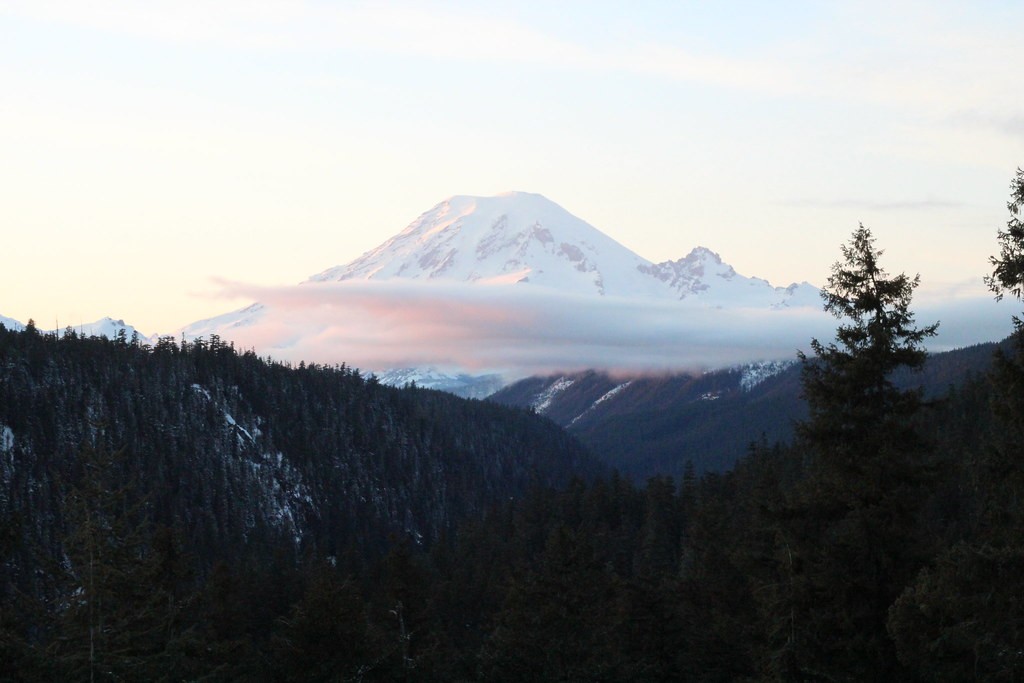RxForB3
No longer a newbie, moving up!
- Joined
- Feb 10, 2012
- Messages
- 654
- Reaction score
- 76
- Location
- Yakima, WA
- Can others edit my Photos
- Photos OK to edit
Ok...I really should start using something other than a laptop! Any suggestions on how to make this better? This is one shot from a timelapse series I took. Like the sunset picture I posted in another thread, I feel like this series lacked something. In my quest to better determine correct exposure, I ask for your opinions. I think it looks overexposed, but would be your opinion?

Mt. Rainier by RxForB3, on Flickr
Camera - T3i
Lens - Canon EF 50mm f/1.8
Shutter - 1/60
Aperture - f/22
ISO - 3200
After taking the picture, I learned about diffraction a bit, so I figure my first error was setting the aperture at f/22. What else?

Mt. Rainier by RxForB3, on Flickr
Camera - T3i
Lens - Canon EF 50mm f/1.8
Shutter - 1/60
Aperture - f/22
ISO - 3200
After taking the picture, I learned about diffraction a bit, so I figure my first error was setting the aperture at f/22. What else?





![[No title]](/data/xfmg/thumbnail/37/37280-a7e70a01ccd331918e71645cd4c1f16e.jpg?1734170137)




![[No title]](/data/xfmg/thumbnail/41/41757-2c3d7911242848ab00e3e9aaafa24381.jpg?1734176060)


![[No title]](/data/xfmg/thumbnail/41/41756-e54235f9fba04c8380cd991845bb84b1.jpg?1734176055)
